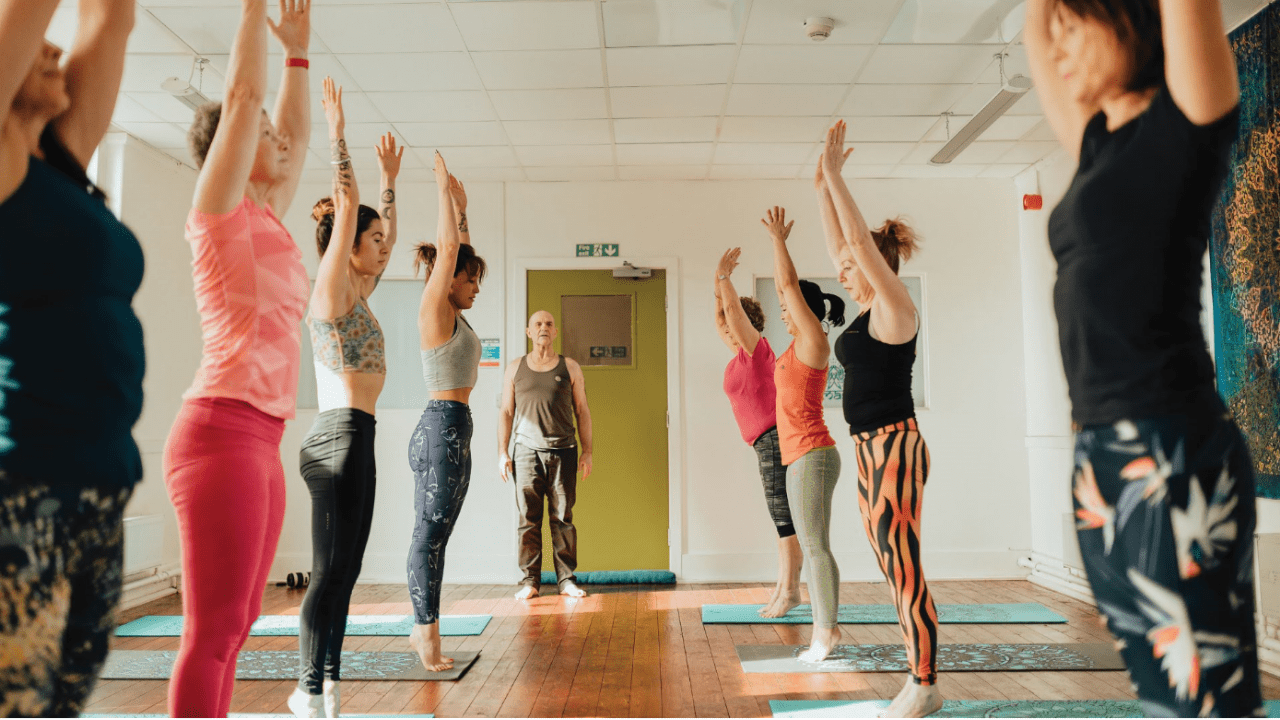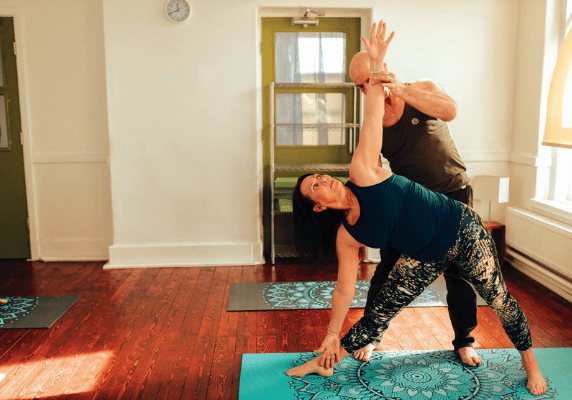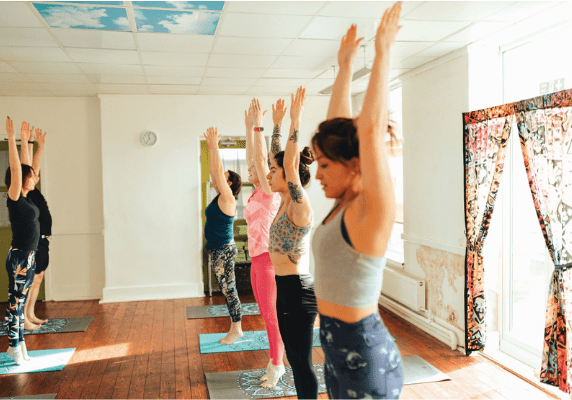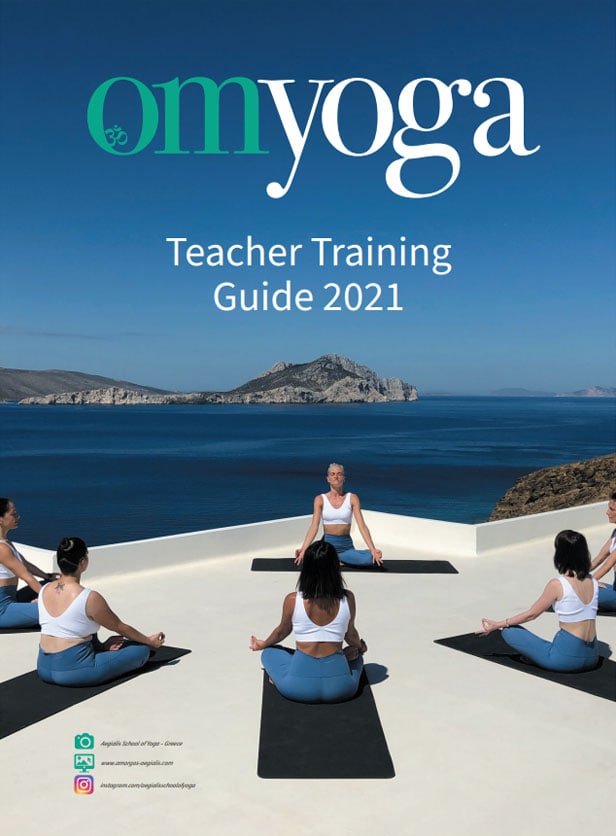
Ancient wisdom for modern times
What are the differences between a lineage-based course and a more modern, contemporary course? By Mike Hammond
When I decided to become a yoga teacher, many years ago, all YTT courses were lineage-based, whereby the course’s roots could be traced back to the Indian origin.
This form of teaching will give the student a deep understanding of asana, sequencing and anatomy, but there is also an emphasis on the philosophy of yoga. It may include chanting (which I must admit I was never keen on!) and an understanding of the life of a yogi that goes way beyond asana.
This approach places the teacher into a form of guru, which gives some students a firm belief that what they are learning is ‘real’ yoga steeped in ancient Indian wisdom.
This approach negates the fact that in India, yoga is taught from a very early age; however, in the West we often come to it at a more mature age and we are trying to imprint Eastern asana and philosophy onto a Western body and mind.
I won’t be the first or the last person to have spent a lot of money on a YTT course just to sit there thinking: “This is not for me!”
This was not my fault, nor was it necessarily the wrong course; it was taught wrongly. I believe, in our Westernised lives, we don’t need teachers to be gurus, we need them to be facilitators. Some of the best facilitators are not gurus. They don’t have all the answers, but they know how to inspire others to be curious, to think and reflect on their experiences, and seek answers for themselves — and there are many who benefit from this approach.
In facilitation, the role of a ‘guru’ is reduced in favour of giving students more power to direct their own learning.
Students are given the material and tools they need to learn, and support is given to them to engage with ideas, understand concepts and apply that knowledge to their own practice. It marks a shift from simple master to student directed learning and encourages dialogue, exploration, and curiosity.
With less time spent on delivering content, teachers and facilitators can spend more time on building a learning community and setting up the right environment for students to exchange ideas and experiences.
This approach gives the student a sense of ownership and makes them more likely to buy into the course. They can see the relevance of what they’re learning and can apply that knowledge beyond and across into their busy, modern lives. The skills students gain from managing their own study will help set them up for continuous learning.
A good facilitator knows how to lead without being the leader. They can show students where to look without telling them what to see. Ultimately, they can bring out the best in their students and empower them to make informed choices about their learning.
This does not mean a big shift away from the ancient learnings; if they crop up during the course, a good facilitator will allow the students to run with it and encourage those that want to, to explore them further.
Before I started on my own yoga journey I used to instruct for the Prison Service and I always remember a great piece of advice given to me by a senior teacher: “Remember, we are just the conductors, the students are the band. Let them play.”
Mike Hammond is the founder of Tall Trees yoga studio (talltreesyoga.co.uk)




